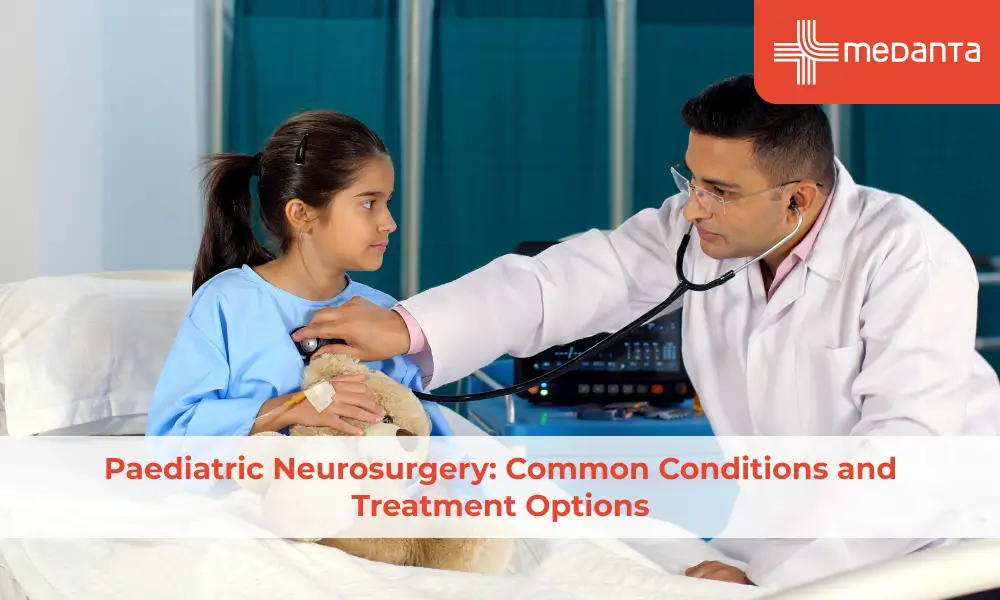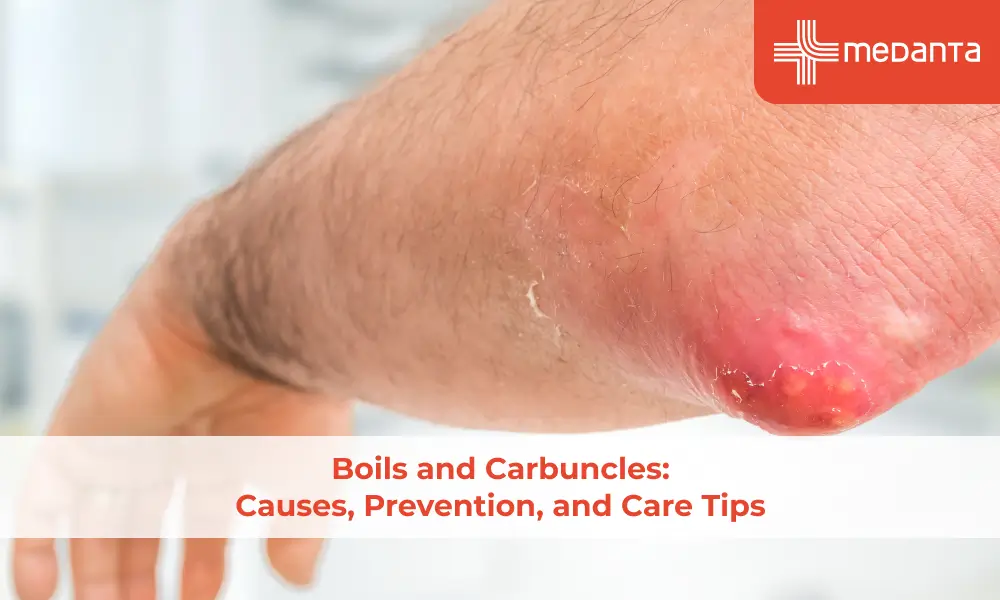Non-Contrast Coronary CT
A CT-based coronary angiogram is mainly used to check for the condition of the vessels that supply blood to your heart muscles and the coronary arteries. However, the test is also used for several other conditions. CT coronary angiogram is very different from the traditional angiogram, which uses a small flexible tube or a catheter that passes through your arteries to reach the coronary artery. The CT procedure is painless, fast, and easy.
Computerised tomography for calcium scoring uses special equipment that produces X-rays to take pictures of the coronary arteries and plaque buildup. Cardiac CT Scan is the best non-invasive way to detect the presence, location, and extent of calcified plaque in the coronary arteries. Calcified plaque develops from the deposition of fat and inflammation or the reaction from the inner walls of your arteries due to conditions such as high blood sugar. The level of atherosclerosis or calcified blocks in your heart’s vessels is a good determinant of your risk of a heart attack.
Non-contrast CT of the heart can also provide additional information beyond the problems with the blood vessels. Some of these factors, like heart size, the size of the thoracic aorta, and the presence of pericardial fat, can be crucial in determining the prognosis and the risk of developing a myocardial infarction. Other information like lung density and liver fat is also helpful in making related diagnoses.
Which condition is cardiac CT suggested for?
Suppose you have conditions that increase your chances of developing coronary artery disease. In that case, your doctor may recommend getting a cardiac CT to evaluate the condition of your heart and its blood vessels.
- High blood lipids, cholesterol levels
- High blood sugar
- High blood pressure
- Family history of heart attacks
What are the risks of a CT coronary angiogram?
While CT coronary angiogram may not use a contrast dye, it uses X-rays. While X-rays do not pose an immediate risk, like an allergy to the contrast dye, it is always considered better to reduce radiation exposure.
What are the precautions to observe while getting a cardiac CT?
It is advisable to wear comfortable, loose-fitting clothing for your examination. You may be asked to change to a gown for the process. If you wear metal objects or jewelry like chains, eyeglasses or other things in your pockets, it can affect the CT images. Therefore, leaving them at home or with somebody you trust is better. Before day CT angiogram, it is essential to get serum creatinine done to know about your kidney function status.






